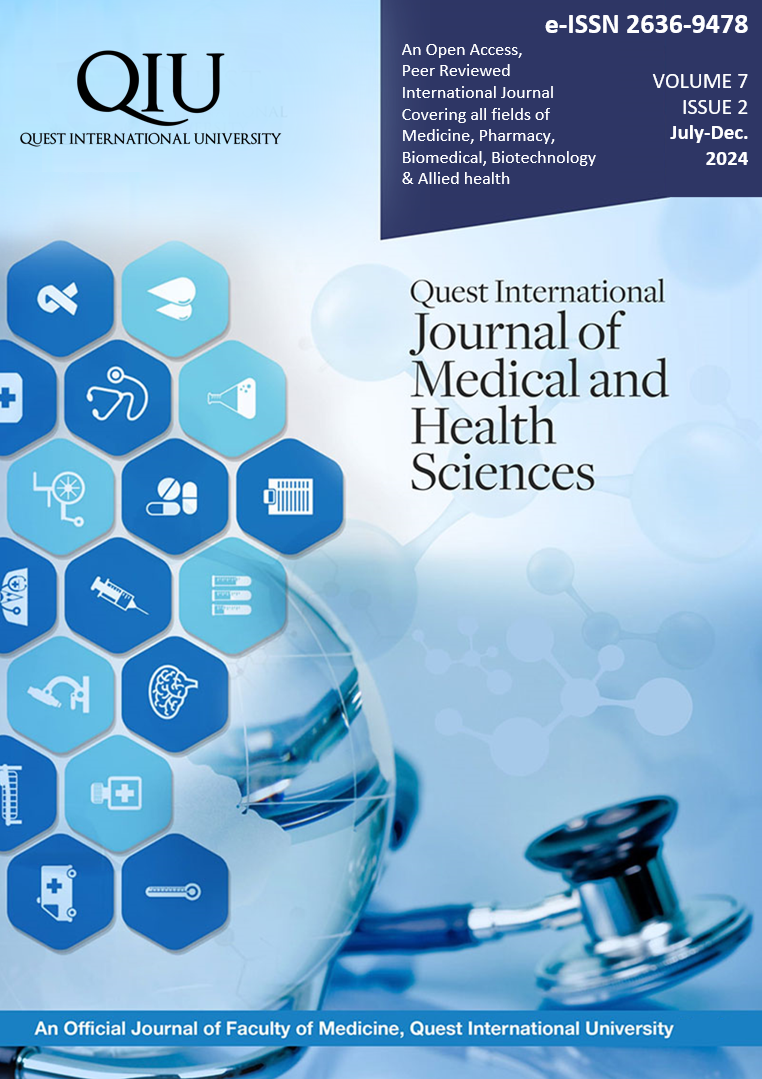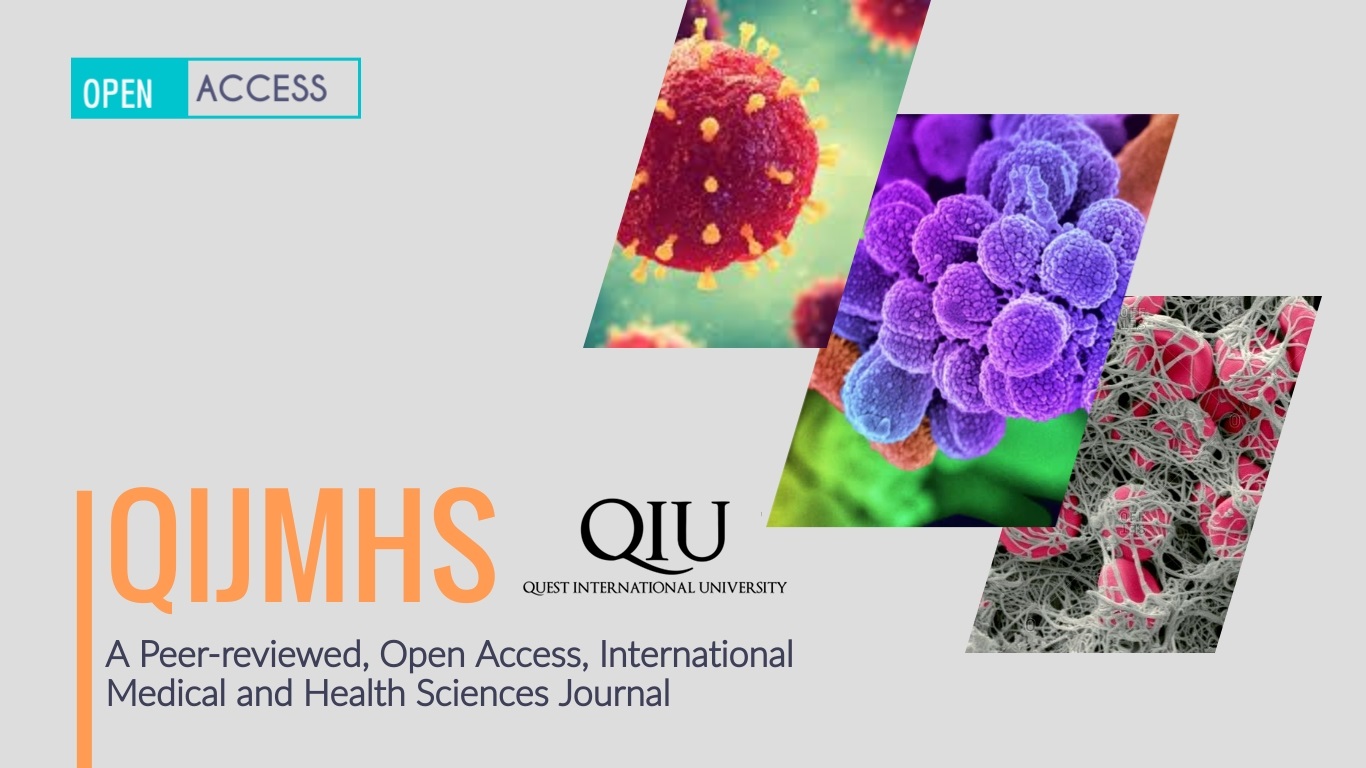From bedside to classroom teaching - students’ perceptions regarding peer-assisted learning for integration of clinical subjects during pre-clinical years
Abstract
Introduction:
Peer-assisted clinical integration learning is a teaching method where students at a similar level of training actively learn from each other by discussing and analysing clinical cases. This paper discusses a piloting initiative to introduce peer-assisted learning (PAL) to illustrate clinical integration in the pre-clinical phase of an MBBS programme in a private university in Malaysia. The aim was to gauge the acceptability of PAL and integrating clinical sciences in addressing the perceived gap between basic and clinical sciences, which often beleaguers undergraduate medical students.
Methods:
All year two MBBS students attended a Peer-Assisted Learning (PAL) session on hydatidiform mole, presented by both final-year and year two medical students. Student satisfaction with this teaching method was measured with a questionnaire. Retention of knowledge was measured in year three with a post-test.
Results:
141 students participated in this pilot. Satisfaction was measured on a 5-point Lickert Scale, with a score of one indicating strong disagreement and five indicating strong agreement. All mean scores indicated a generally favourable response to this method of teaching and learning.
Conclusion:
PAL and integrated clinical sessions are valuable teaching tools that can help bridge the gaps between basic and clinical sciences.
Copyright (c) 2024 Ganesh Ramachandran, Sarmishtha Ghosh, Ko Ko Min Aung

This work is licensed under a Creative Commons Attribution 4.0 International License.





